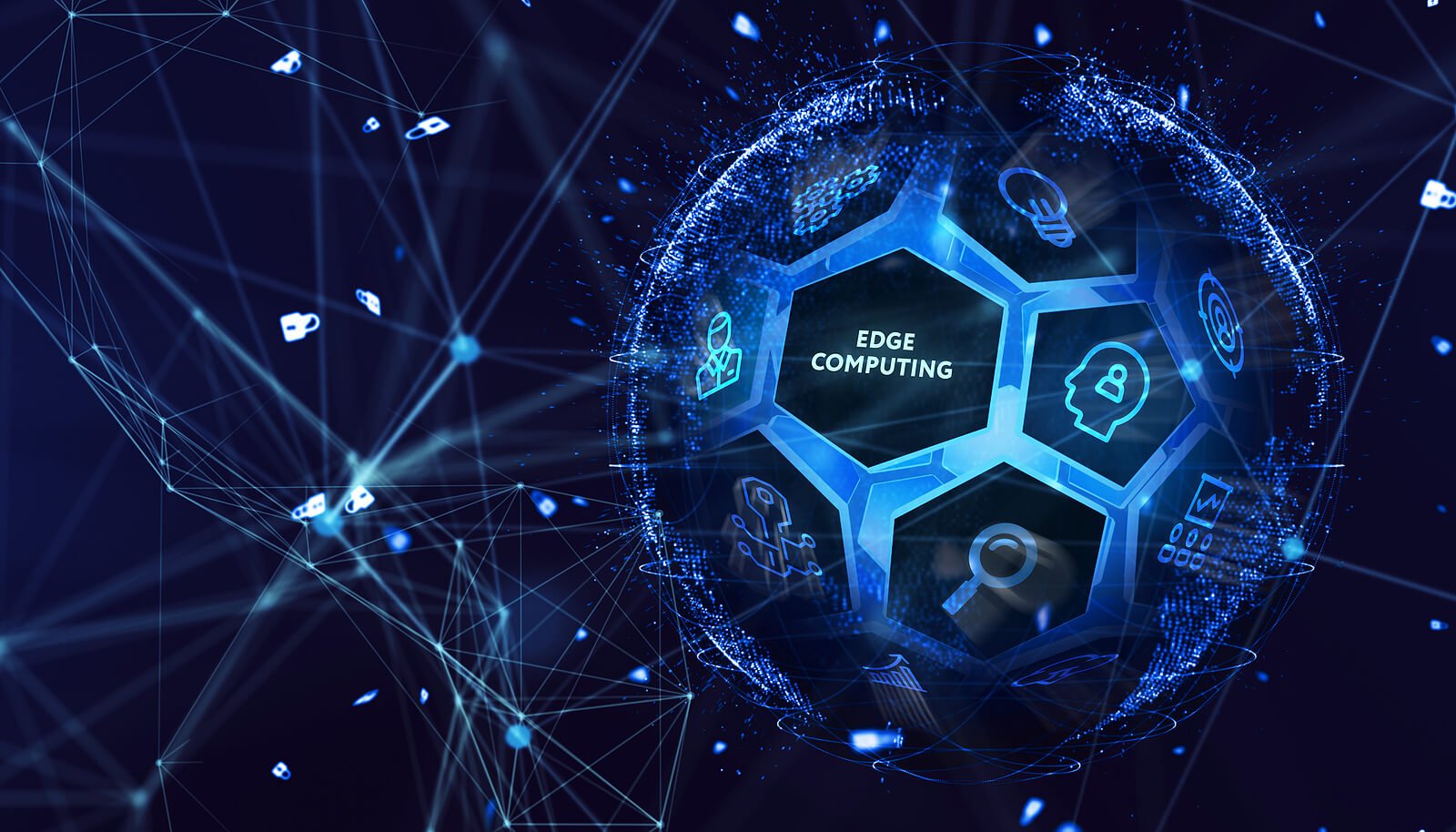[ad_1]
Data processing at the edge has the potential to revolutionize operations with real-time responses to sensor data. However, organizations need to know how to optimize their devices and data management to unlock the full benefits of edge computing and edge analytics. Improving edge processing may seem challenging, but these tips can help any organization get started.
Analyze the Right Data at the Edge
The first step to improving data processing at the edge is focusing on the correct data to process on edge devices. Edge analytics has many benefits and applications, but arguably the most important is rapid responses to IoT sensor information. Processing data at the edge allows for more agile automation and IoT functionality, even when limited bandwidth would otherwise be an issue.
However, organizations still need to manage the data coming from their edge devices. Edge analytics works best when the most time-sensitive data is processed at the edge and everything else is sent to storage or another data hub. This prioritizes the most relevant data and allows the edge devices’ analytics capabilities to be used in the most efficient way possible.
Investigate Data Before Storing It
Edge processing is all about removing the time and bandwidth required to send information to the cloud or a data center to process it. So, organizations should prioritize analyzing data right away at the edge before sending it to storage. There are a few reasons for this. Firstly, it is the most efficient and effective way to use edge processing.
Beyond efficiency, analyzing data at the edge before storing it can also improve data security. With analytics and processing going on at the edge, there is less chance of a hacker intercepting performance-critical information. By the time the data does get transmitted to a server or other data storage, it has already been processed and served its purpose.
Additionally, analyzing data at the edge then sending it to servers allows organizations a bit more flexibility about where they store information for backups and disaster recovery. The cloud is great for restoration — even if it is only used for backups, it enables automated disaster recovery that is much faster and more reliable than recovery from a conventional server.
Unfortunately, the cloud is not ideal for rapidly processing edge computing data. Organizations can get the best of both worlds by processing data at the edge then sending it to the cloud for backups and restoration.
Prepare Models for Rapid Responses to Data
Edge processing is the perfect solution for cases where successful automated operations depend on reactions to sensor information. For example, a driverless vehicle can’t wait for data to travel to a data center for processing. The AI needs to react to sensor data in real-time to operate safely on the road.
Processing at the edge is ideal for these situations. But, organizations can improve edge analytics even further by preparing response models for edge devices to use once data is processed.
To continue the above example, say the IoT sensors on a self-driving car detect someone crossing the road ahead. Edge devices in the car process the sensor information and determine if there is an obstacle in the vehicle’s path. Pre-built models allow the car’s AI to respond to this analysis rapidly. For instance, the determination from the edge device might activate a response model that tells the car’s brakes to engage.
Of course, there may also be circumstances where information can’t anticipate reactions. This is a case where machine learning algorithms may help augment pre-built response models. AI and edge processing could work together to determine the best reaction to sensor data in real-time.
Strengthen Security
Improving data processing at the edge requires additional cybersecurity protocols. Safety is a top concern for every business and organization today. That worry needs to include edge devices in order to protect edge processing and the operations that rely on it.
Security is a bit of a double-edged sword for edge devices. On one hand, it improves security by keeping data analytics close to where data is collected and utilized. On the other hand, this makes edge devices crucial for operations and performance, making them high-value targets for cyber attacks. Studies have shown ransomware attacks rose by 92.7% in 2021, increasing in value and frequency. Hackers could use ransomware to hijack or lock down edge devices, essentially freezing critical operations that depend on them.
So, strengthening edge device security is crucial for improving data processing at the edge. There are a few ways that organizations can do this. For example, network segmentation can isolate edge devices on a high-security network separate from more vulnerable, high-traffic networks, such as those employees use during their regular work day.
Additionally, edge devices should have a backup power supply to rely on if power is cut maliciously or due to inclement weather. Edge devices should also get regular software updates, since they will often include security boosts to defend against emerging threats.
Maximizing the Potential of Edge Processing
Data processing and analytics at the edge have immense potential to improve operating capabilities and efficiency. By processing data at the edge, systems can respond faster to sensor data, even on limited bandwidth. Response models and strong edge device security can help ensure data processed at the edge is used in the best way possible. With these strategies, organizations can make the most of their edge devices.
[ad_2]
Source link

